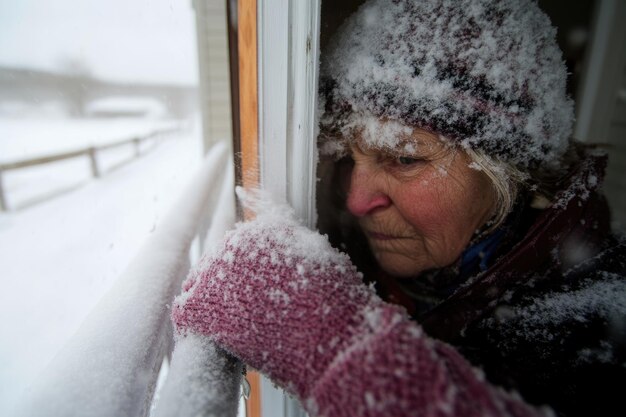Navigating the Storm: Homeless Shelter Life During a Snowstorm
When a snowstorm hits, most of us, wrapped in the comfort of our heated homes, often take for granted the warmth and security we have. For those experiencing homelessness, however, a snowstorm transforms into a formidable adversary. Homeless shelters become vital lifelines during these challenging times, providing refuge and warmth to many who would otherwise face the biting cold alone.
Shelter Dynamics During a Blizzard
In the build-up to a snowstorm, homeless shelters coordinate meticulously to prepare for an influx of guests seeking sanctuary. Staff and volunteers rally together, often working overtime to ensure everyone’s safety and well-being. This endeavor is not only about offering a place to sleep but also providing meals, clothing, and essential services that are indispensable during such extreme weather.
One of the key challenges is accommodating as many individuals as possible without compromising their dignity or safety. Many shelters enforce a “no-turn-away” policy in times of severe weather emergencies, leading to crowded conditions. Despite these constraints, the spirit of community and resilience shines through, with guests often sharing stories, blankets, and camaraderie to help each other through the long, cold nights.
Health and Safety Measures
During a snowstorm, health and safety protocols are paramount. Emergency services and health professionals may work alongside shelters to provide medical care and assess any potential health risks due to cold exposure. Shelters also emphasize the importance of hygiene and sanitation, crucial in preventing the spread of illnesses, especially when space is shared among many.
Beyond Shelter: Support Systems and Resources
For those experiencing homelessness, shelters are but one piece of a broader network of support. Many shelters collaborate with local government agencies and nonprofit organizations to offer expanded services, including access to job training, counseling, and permanent housing solutions. These partnerships are essential in helping individuals not just survive but eventually thrive beyond the shelter system.
Moreover, during snowstorms and other emergencies, increased attention is often drawn to the urgent need for more permanent solutions to homelessness. This awareness can catalyze public discourse and governmental action, potentially leading to more funding and resources that aim to prevent homelessness from occurring in the first place.
As we reflect on the vital role shelters play during these snowy months, it's crucial to acknowledge the interconnected avenues of support available for those striving to improve their circumstances. From financial to educational opportunities, there are numerous ways individuals can gain a foothold on the path to stability.
Financial and Educational Support Options
- Government Aid Programs 🏛️: Offers access to food stamps, Medicaid, and housing assistance to those in need.
- Financial Assistance 💸: Grants and emergency funds are available for urgent needs, potentially alleviating the immediate burden of unexpected expenses.
- Debt Relief Options 💳: Provides strategies and programs for managing and reducing existing debt to alleviate financial stress.
- Credit Card Solutions 💳: Tips and resources to optimize credit card usage and manage debt effectively.
- Educational Grants 🎓: Scholarships and grants designed to make education accessible, empowering individuals with the skills needed for better employment opportunities.
- Nonprofit Support Services 🤝: Offers a range of services, from job placement to mental health counseling, aiding individuals in their transition out of homelessness.
Through initiatives like these, a path toward a secure and stable future is not just a hopeful dream but a tangible reality for many. By exploring and engaging with these resources, individuals can find the support they need to weather not only the next snowstorm but whatever life may bring.
